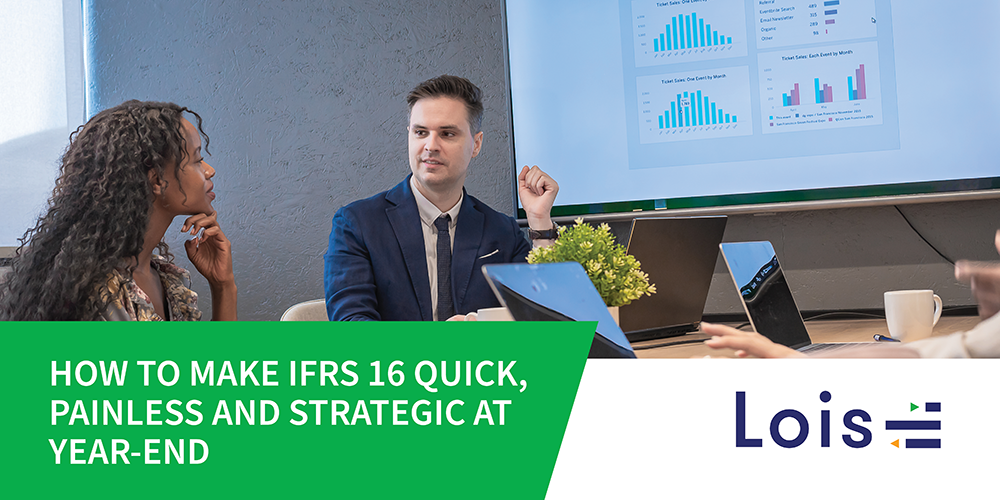How to De-risk Your Lease Accounting Modifications Under IFRS 16
Everyone is aware that the big challenge with IFRS 16 now is getting your modifications correct, as the technical calculation is highly complex. For example, did you realise that every time you modify your lease, you need to review your incremental borrowing rate (IBR).
Given underlying interest rates have moved circa 1% across the board, if you have not reviewed your IBR since you transitioned to IFRS 16, you could be in for some unwanted auditor attention soon.
Combine this with getting the correct modification data on time and then ensuring it is applied correctly to the existing lease, this is not a simple exercise. Starting as soon as possible will save you some precious time and get some serious brownie points with your board.
A simple refresher on lease modifications
A lease modification is defined as a change in the scope of a lease, or the consideration for a lease, that was not part of the original terms and conditions of the lease. A lease modification includes adding or terminating the right to use one or more underlying assets, or extending or shortening the contractual lease term.
There are various modifications that can result, but the basic calculation for each of these is an assessment of the forward strip of the new payables profile (time and cost) and potentially the scope of the underlying asset.
What information do you need?
To do this you need four key pieces of information:
- The underlying contractual arrangement to assess the type of modification and treatment.
- The current amortisation profile for the current lease position.
- The forward payment profile for the underlying adjustment.
- An updated incremental borrowing rate to apply to both the current profile and the forward profile.
How to minimise the risk
As you can imagine if any of these pieces of information are incorrect you are introducing compliance and commercial risk, and on a large property or site the difference may be material.
There are a few ways to minimise this risk:
- Use experts for the assessment of the correct treatment of the modification.
- Use a proven system for the current amortisation profile.
- Verify the data that you are using for the payment profile. We suggest you always use contractual information such as a rental agreement or deed or variation.
- Make sure you have a validated, updated incremental borrowing rate for the correct period (remember interest rates are going up!).
To summarise, modifications are a big risk, but if you have a lease accounting software system 50% of the risk will dissipate. The remaining risk can be minimised by having the right experts either help directly with the modification assessment or indirectly with the calculation of the IBR.
Our LOIS lease accounting team are all qualified accountants and local market lease accounting experts. Therefore, they can assist you with any modifications and IBR questions. Do reach out if you have any questions.
Related Posts
You might also like
In the complex terrain of financial reporting, IFRS 16 looms as a formidable challenge that organisations must navigate ...
In the evolving landscape of financial compliance, the implementation of the accounting standard IFRS 16 represented a ...
Unfortunately for all large corporates, financial audits are a necessary evil. There are lots of articles about ...




